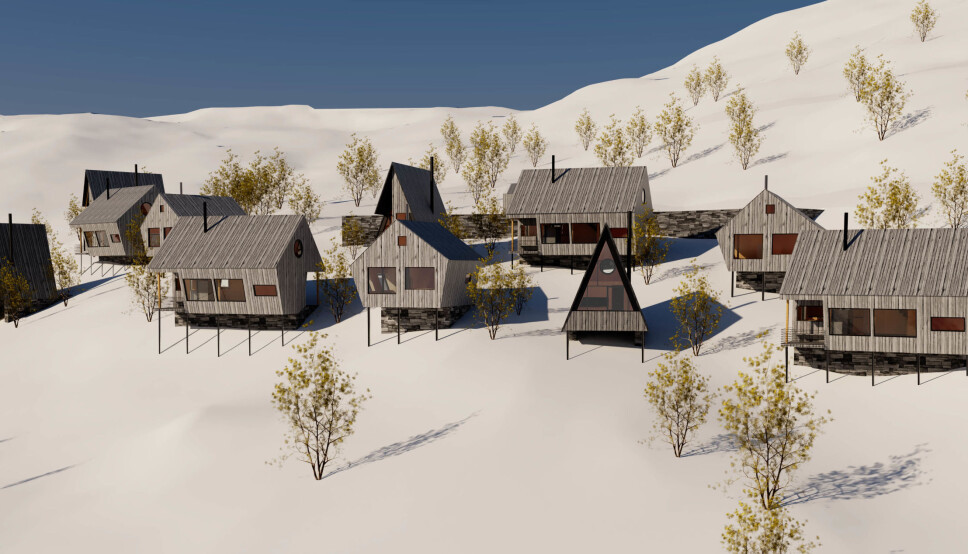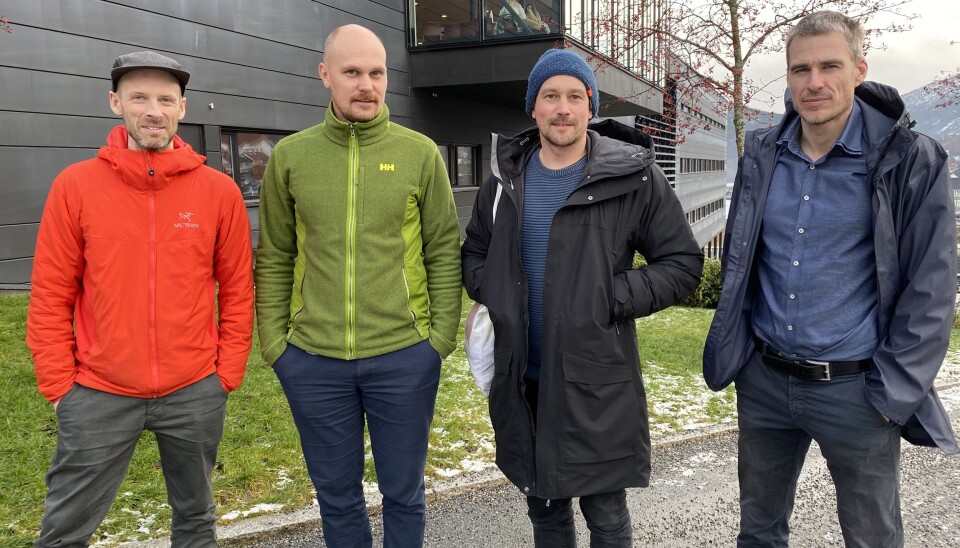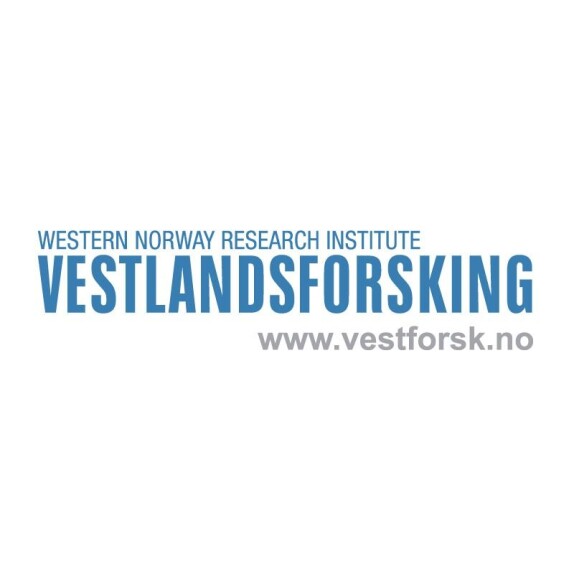This article is produced and financed by the Western Norway Research Institute - Read more

A Norwegian dilemma: Is it possible to get a second home in the mountains and maintain a clean, green conscience?
Possibly, say the researchers. If the cabin in question is smaller than today’s average square meters and built in an energy efficient way.
Norwegian skiing destinations and other rural areas have seen a construction bonanza in later years. Owning a cabin and travelling there on weekends and for holidays has gradually become a part of Norwegian culture.
But Norwegian mountain cabins of today are not what they once were – a rather cramped and sober cottage with a standard well below people's first homes, often with features such as an outhouse and bunk beds.
As Norwegians have grown more affluent, cabins have gained square metres accordingly.
When calculating carbon emissions from these cabins in a recent project, researchers from Western Norway Research Institute, WNRI, looked at the 2018-average size of newly constructed mountain cabins: 96 square metres.
This development poses a threat to the local environment and biodiversity as well as adding to the problem of climate emissions.
Calculating cabin carbon emissions
According to the researchers from WNRI however, there is a way out. But it demands innovation and inter-disciplinary collaboration.
In an effort to design mountain cabins for the future, architects from the company Stiv Kuling involved several local enterprises in planning and construction.

WNRI contributed the scientific part of the project – calculating carbon emissions from various cabin concepts, and assessing whether or not the principles of a sharing economy may lead to more social, financial and environmental sustainability in the cabin market.
Smaller cabin – less emissions
The architects at Stiv Kuling created two area-efficient contepts: – the prototypes «Li» (66 square metres) and «Tind» (29 square metres).
Calculating emissions from these prototypes involved not only looking at the construction process, but the whole life cycle of the building.
Research carried out by WNRI shows that the choice of materials matters considerably when it comes to emissions associated with the cabin. If you succeed in using low-carbon materials, emissions may be cut by as much as 60 percent in the construction phase.
“If we look at the entire life cycle and assume an identical pattern of usage, we see clearly that smaller cabins, can lead to emission reductions of up to 65 percent”, says researcher Hans Jakob Walnum.
Compared with a newly constructed average cabin, the smallest prototype, «Tind», was found to provide an emission cut of 65 percent. The figure is based on a total building life span of 60 years. The medium-sized prototype, «Li», gave a reduction of 32.5 percent.
Sharing can be caring
The researchers also looked at the question of whether sharing cabins to a greater extent may lead to a positive development in terms of social, financial, and environmental sustainability.
Cabin-sharing presents possibilities as well as challenges related to different sustainability goals.
“Sharing cabins to a greater extent than today, may be very beneficial in terms of land-use as well as carbon emissions”, say the researchers.
“This is however dependent on this sharing replacing other, environmentally harmful alternatives, rather than supplementing such options by for instance going on holiday by aeroplane.”
Wealth creation and equity
In rural municipalities where mountain cabins contribute positively to the local economy by providing jobs, there may be reason for concern if cabin-sharing is to replace construction of new cabins. Innovation is key to securing that cabin-related employment will not be threatened, the researchers say.
“Local wealth creation based on sharing cabins requires the existence of a local commercial structure which may exploit the fact that there are people in the cabins most of the time rather than occasionally”, says researcher Torkjel Solbraa.
In addition to environmental and financial sustainability, the researchers assessed whether or not cabin-based holidays may become available to new groups in society as a result of increased sharing.
Such a development, however, is not deemed very likely.
“When it comes to the aspect of equity and increased access, price mechanisms in the open market affect the outcome”, says Solbraa.








